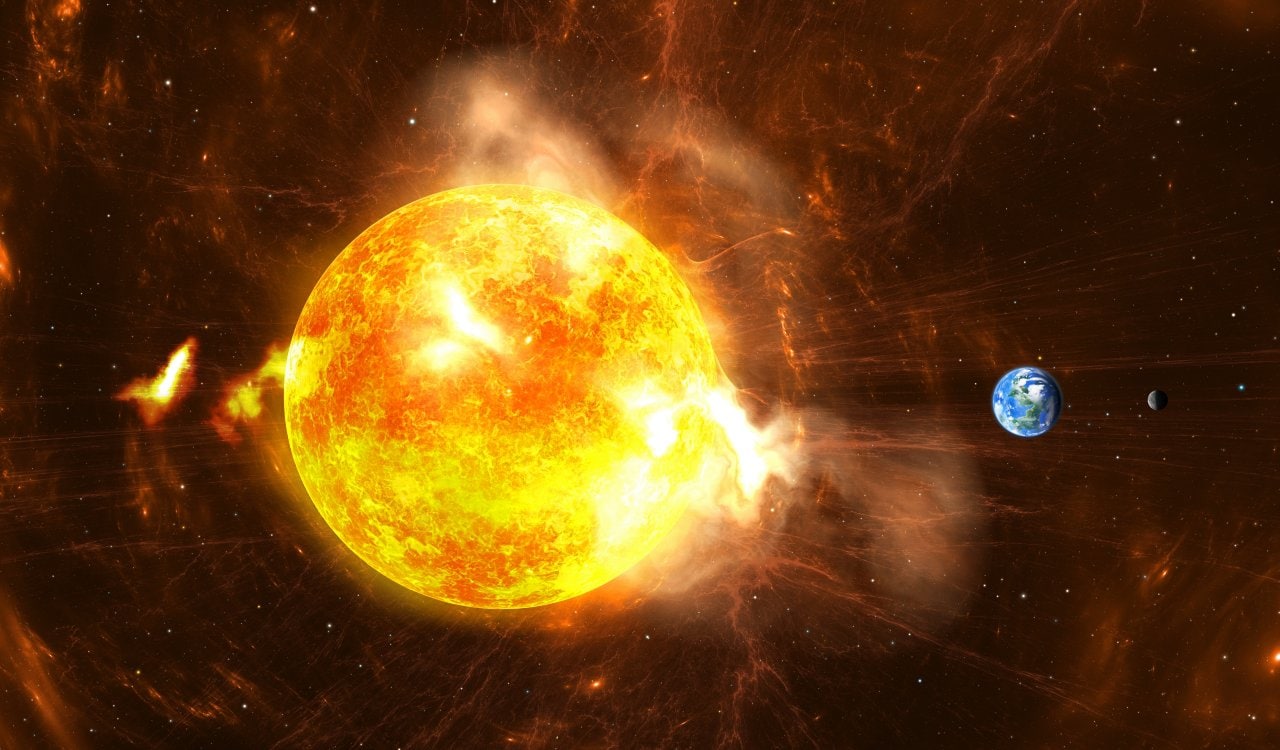It is widely known that space has some incredibly weird, crazy, and amazing things. You might want to add “creepy” to the list as well because there are some facts about space that will freak you out. These creepy facts about space might shock and even amaze you. One thing is certain in the end, however. What you see here today cannot be unknown once you see it. All the facts you learn in this article will forever be part of you, and you won’t be able to unlearn them.
Deep down in your soul, you might try to forget about them. Yet in your heart, you’ll know the real truth. Everything you learned potentially scared you for life, made you different around friends and family, and possibly even made you question everything. We understand if you feel you need to walk away before learning these creepy facts about space. However, if you remain, just remember one thing. We tried to warn you, so don’t get mad at us when you cannot get to sleep tonight.

Zombie Stars
One of the creepy facts about space that some are unaware of is the existence of Zombie Stars. Seriously, they exist! Usually, they are known as Type Lax Supernovae, but their ability to come back from the dead makes them zombie-like. Usually, when a star dies and becomes a white dwarf, there are times under the right conditions that it can create a gargantuan supernova. When this occurs, the supernova’s gravity can be so immense that it sucks in material from nearby stars. When this occurs, that specific star is brought back to life. It’s as if the star was shocked back after having a heart attack or something!

Space Isn’t Always Cold
While many will tell you that space is a cold vacuum that could kill a human within ten seconds, this is not completely accurate. Yes, it is true that most of the time, space is quite cold. In fact, you’ll likely experience temperatures somewhere in the realm of -270 degrees Celsius or -454 degrees Fahrenheit. However, all of this changes when you’re closer to a star. For example, if you’re orbiting near the Earth when sunlight hits, the space around that sector will be around 121.1 degrees Celsius or 250 degrees Fahrenheit. This is the entire reason astronauts where white spacesuits, to reflect the heat they’ll encounter.
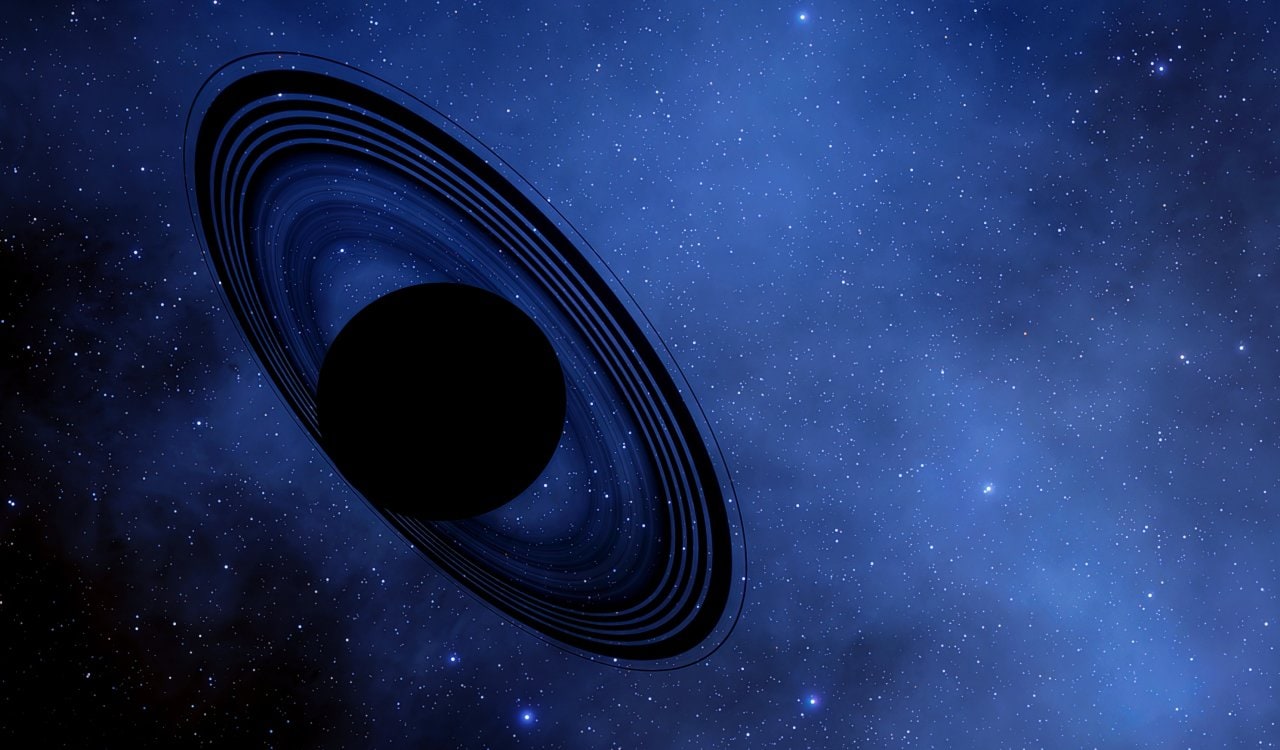
Free Floating Planets Vs Stars
A Free-Floating Planet is often referred to as a “Rogue Planet” as well. These are not always “planets” as we know them, and are mostly classified as interstellar objects of planetary mass. Most of the time, planets will form inside a solar system and the gravity of that system will keep them from leaving. Yet these planets do not have a host planetary system or star. They have either been ejected from their initial planetary system or were never gravitationally bound to an official host star. The Milky Way Galaxy is filled with these things too. In fact, it is thought that the number of Rogue Planets might outnumber the number of stars inside the Milky Way.
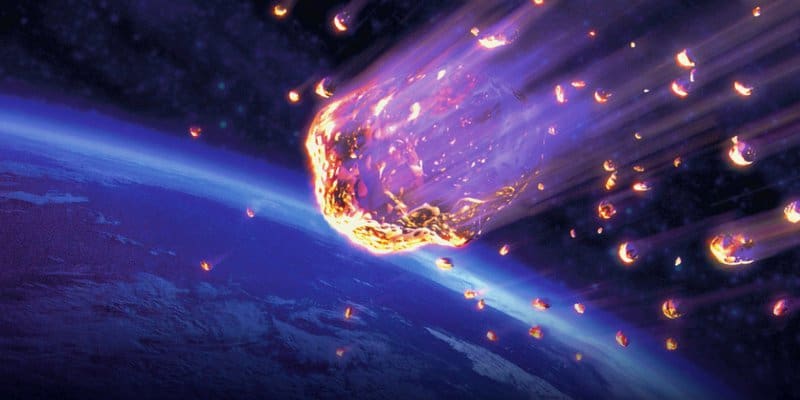
A Meteor Can Strike Earth With Little To No Warning
It used to be that we would not know a meteor was about to hit Earth until we saw it in the sky coming toward us. Today, we actually have some useful radars that can help us determine if something is headed for the planet. However, one of the creepy facts about space you should know here is that this system we referenced is still not perfect. While asteroids are relatively easy to spot, that cannot be said for meteors which can sometimes be too small to see. In fact, in 2013, a meteorite exploded over the Chelyabinsk region in Russia. Roughly 400 people were injured, mostly due to broken glass from the explosion.
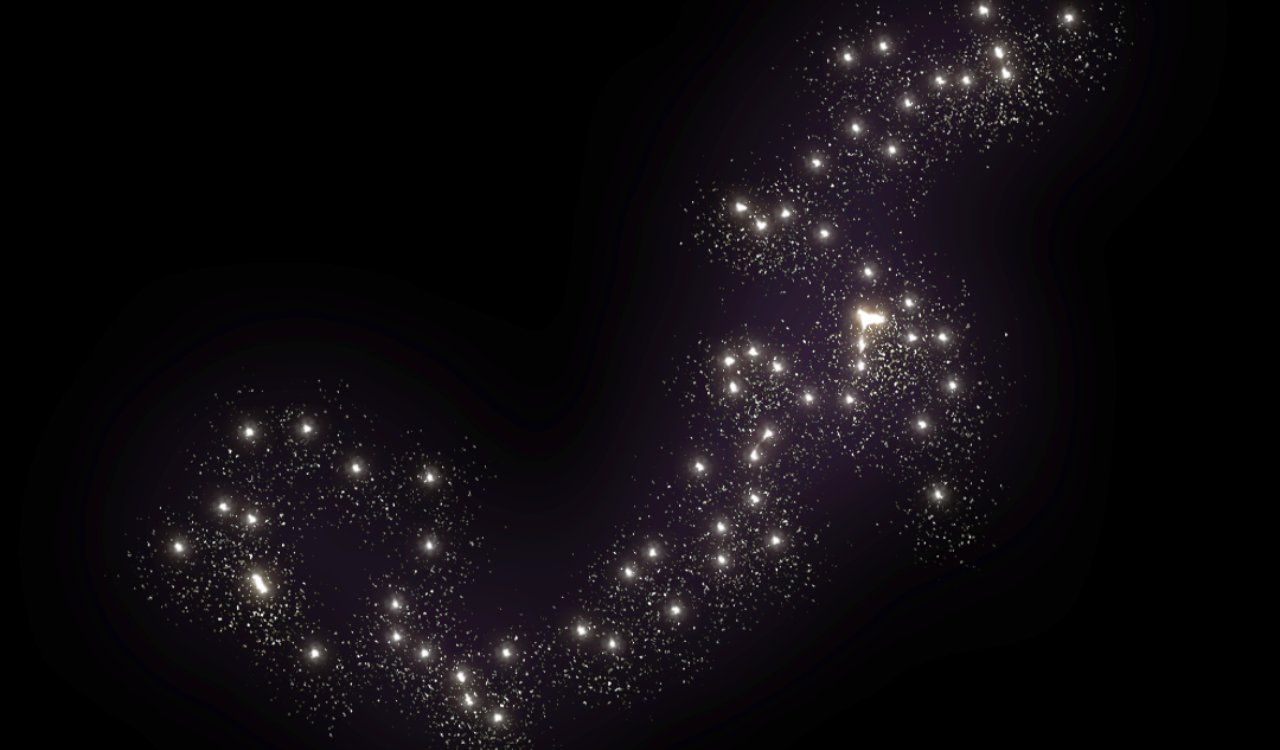
The Size Of The Large Quasar Group
One thing people often misunderstand is that the Milky Way Galaxy might be huge, but it’s dwarfed by some other galaxies. However, sometimes you have galaxies, and other times, you have something even more. The latter is where the Large Quasar Group belongs. It is the largest known structure in our universe and seems to break all known rules for modern astronomy. The place is known for its many quasars, 73 of them to be exact. Yet the overall galaxy is roughly 1.4 billion lightyears in diameter and 4 billion lightyears across. For comparison, the Milky Way is roughly 105,700 lightyears in diameter.
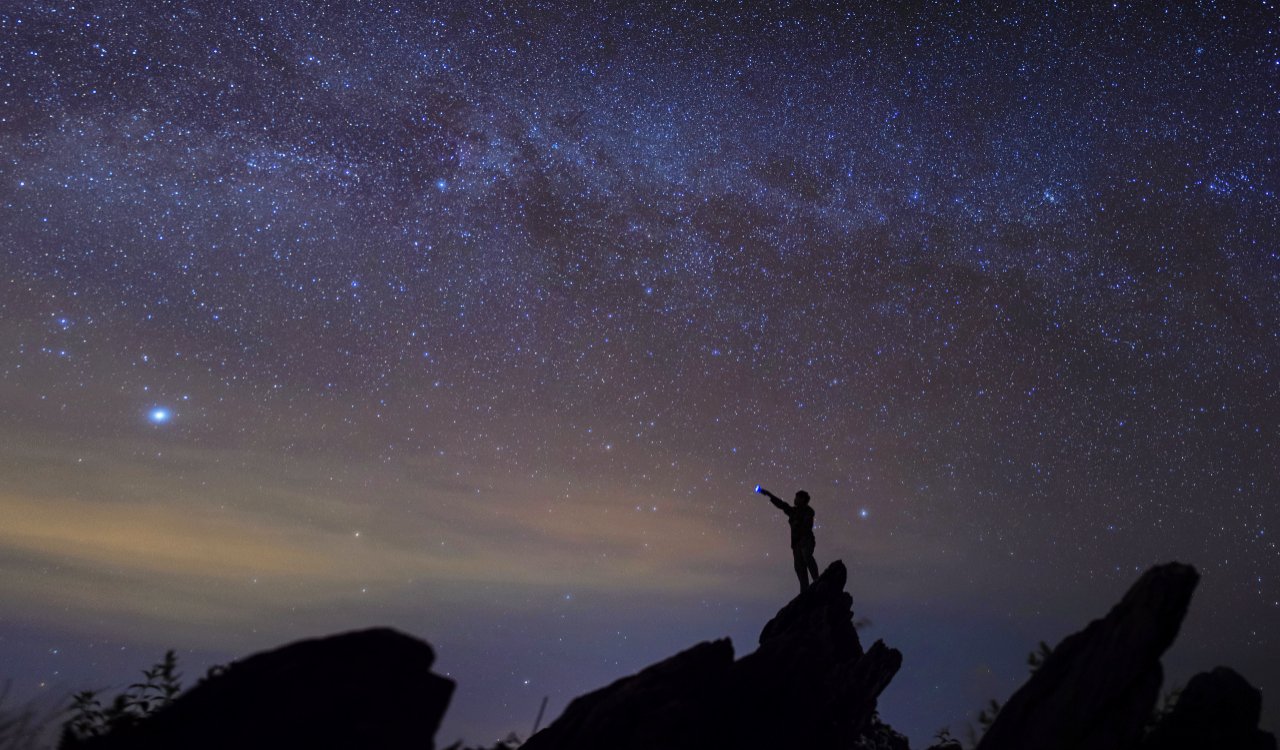
You Shouldn’t Count On The North Star… Kinda
For years, navigators used to tell us that we should follow the North Star for true north travel. This star is actually known as the “Polaris” star. Yet around 13,000 years from now, Polaris will not be capable of being our North Star. The reason is due to the Earth’s axis going through a motion known as “precession.” Essentially, the axis will change and technically trace out to roughly the shape of a cone. Once this happens, it’ll take another 26,000 years for the axis to trace out to a complete cone shape. On top of this, Polaris itself will begin to shift positions as Earth’s precession takes place. Of course, Polaris has not always been the North Star. In fact, back in 3,000 BCE, the star Thuban was most likely the North Star. Once that 26,000 years mark is up though, Polaris will return to its North Star status.
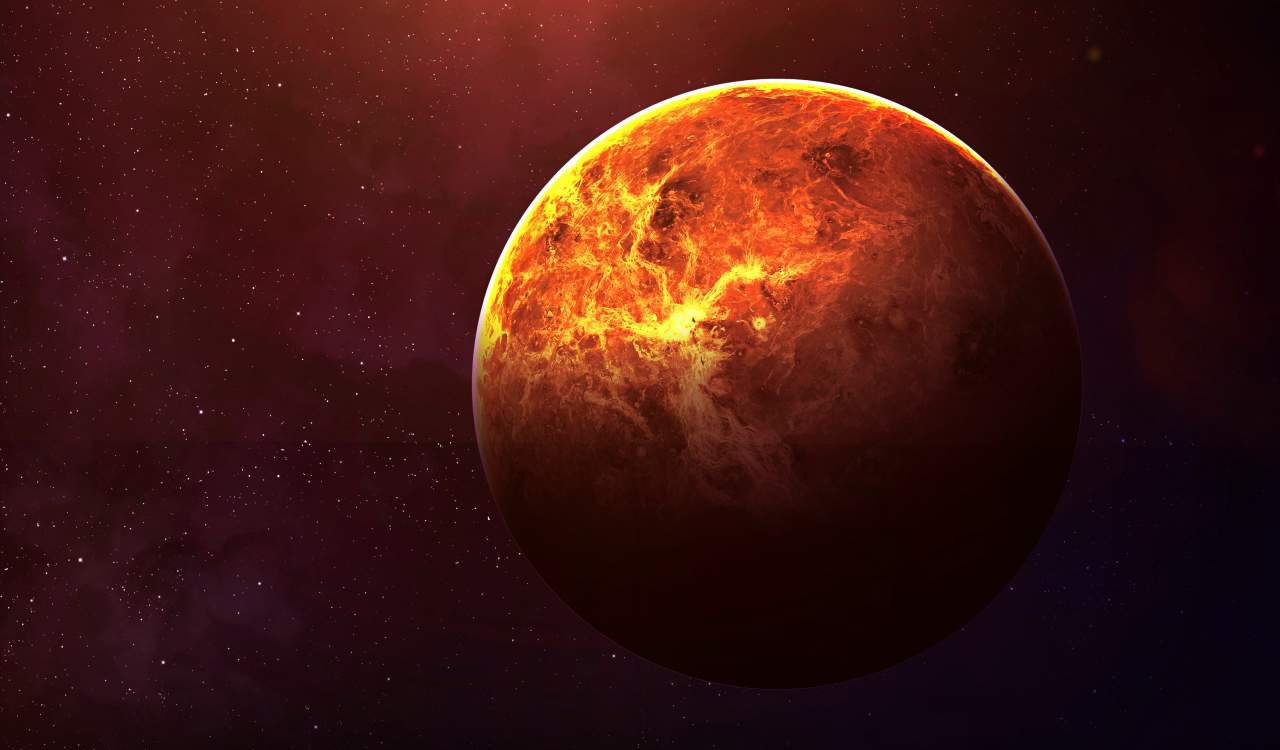
One Day On Venus Is Extremely Long
When we think of creepy facts about space, we’re usually going to care about things that seem local to us sometimes. That is why this fun fact about Venus might shock some people. For those unaware, Venus is kind of weird. It is actually hotter there than on Mercury most of the time, yet that is not what makes it so weird to scientists. It’s actually the slow rotation that is sort of baffling. It actually takes Venus 243 Earth Days to complete one rotation on its axis. Yet it orbits around the Sun in 225 Earth Days, making one year on Venus 18 days less than a day on the planet. Literally, one day is longer than one year on Venus – which is so weird!
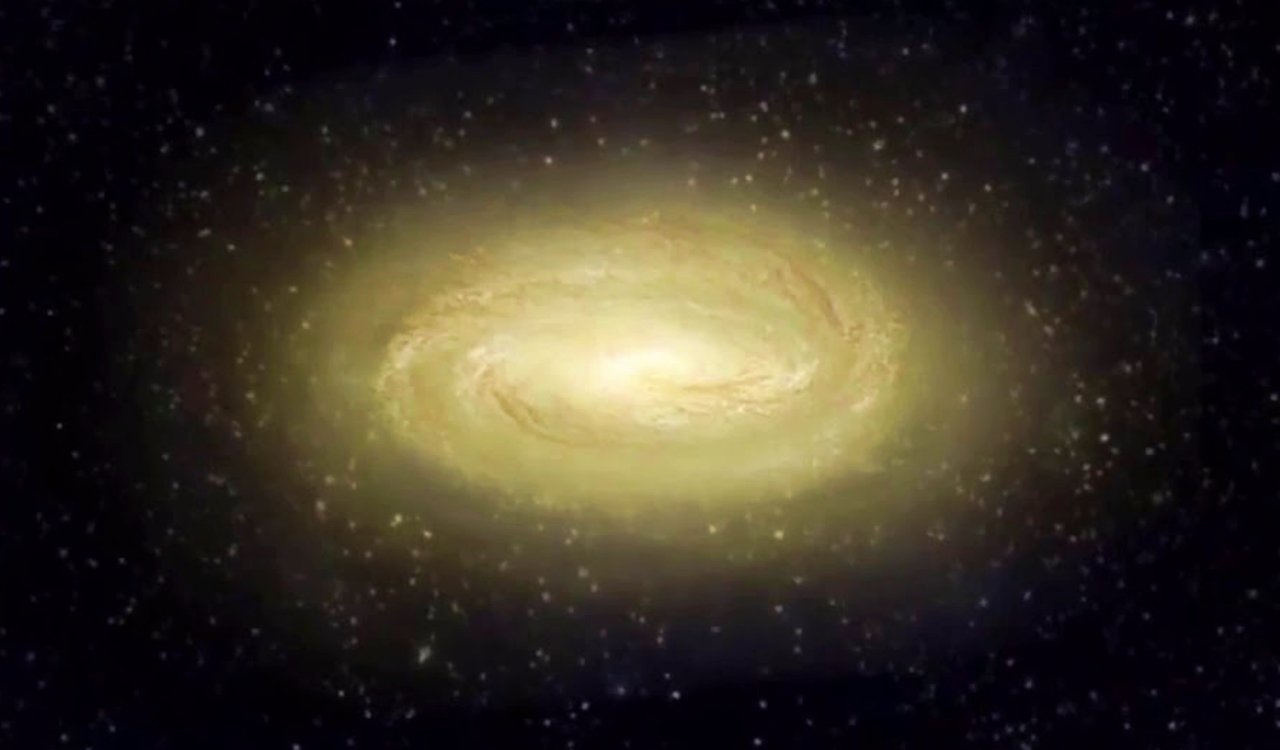
The Infamous Dead Galaxy
Probably one of the creepy facts about space many are unaware of is the existence of MACS 2129-1, otherwise known as “The Galactic Graveyard.” This is a galaxy located around 10 billion lightyears from Earth. It is part of the early universe, but it’s unlike most other galaxies. For some reason, it stopped making new stars a few billion years after the Big Bang was said to have occurred. Today, it only has red dwarf stars and various black exoplanets. What might surprise people more is that while this is probably the most famous dead galaxy, it is not the only one. There are at least six that we know of, including this one.
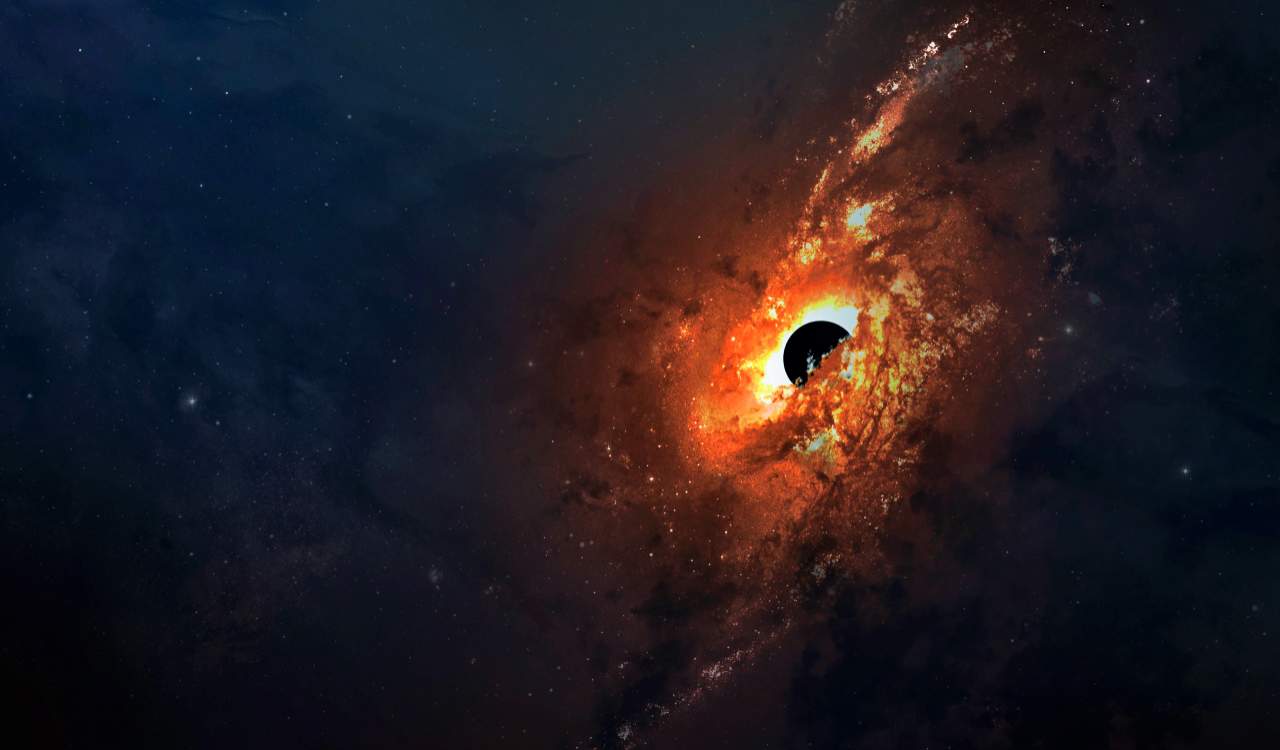
Black Holes Are All Over The Place
While we initially did not realize this, studies by NASA and other space organizations have found something startling. Black holes are not only confirmed to exist, but we now know they are all over the place. It is stated that there is at least one supermassive black hole at the center of every large galaxy. It very well could be that there is a black hole at the center of “every” galaxy. While supermassive versions exist in large galaxies like the Milky Way, we now know they are likely the glue that keeps many of them together. Black holes are powerful, with a gravitational force that is hard to compete with. As a result, their pulling combined with the gravity of other stars and planets sort of keeps everything in place.
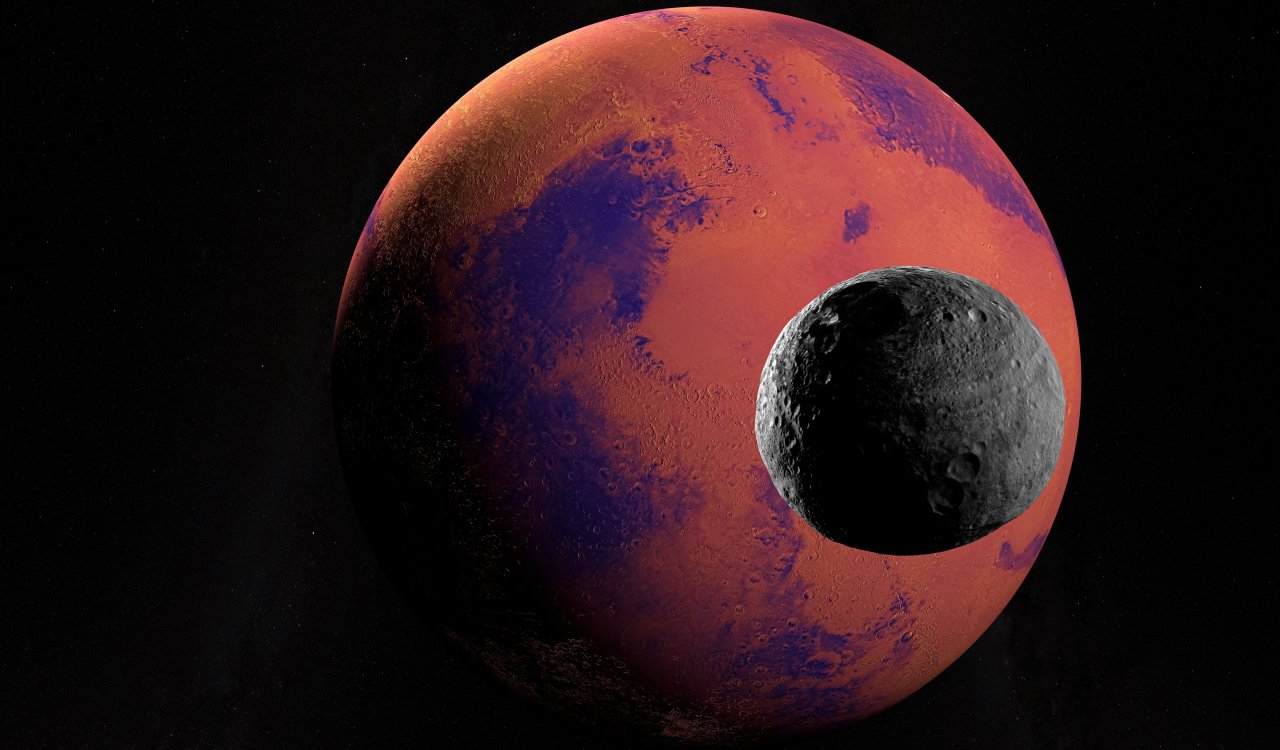
There Is A Large Asteroid In Our Solar System
It is true that the Earth has seen quite a lot of asteroids over the years. Some ended up passing us by, just like a few did in recent years that might have done some damage if they hit us. However, some actually did hit the planet, causing pretty horrible problems when they did. Right now, one of the creepy facts about space you need to know is that there is a looming presence in our solar system. It’s an incredibly large asteroid that happens to be 329 miles in diameter! Seriously, people. We call it Vesta, and at one point we might have had a lot to fear. Luckily, it is pretty far away and closer to the Sun than to us. If somehow it did manage to turn around and break all gravitational rules, we might need to worry. However, no one expects that.
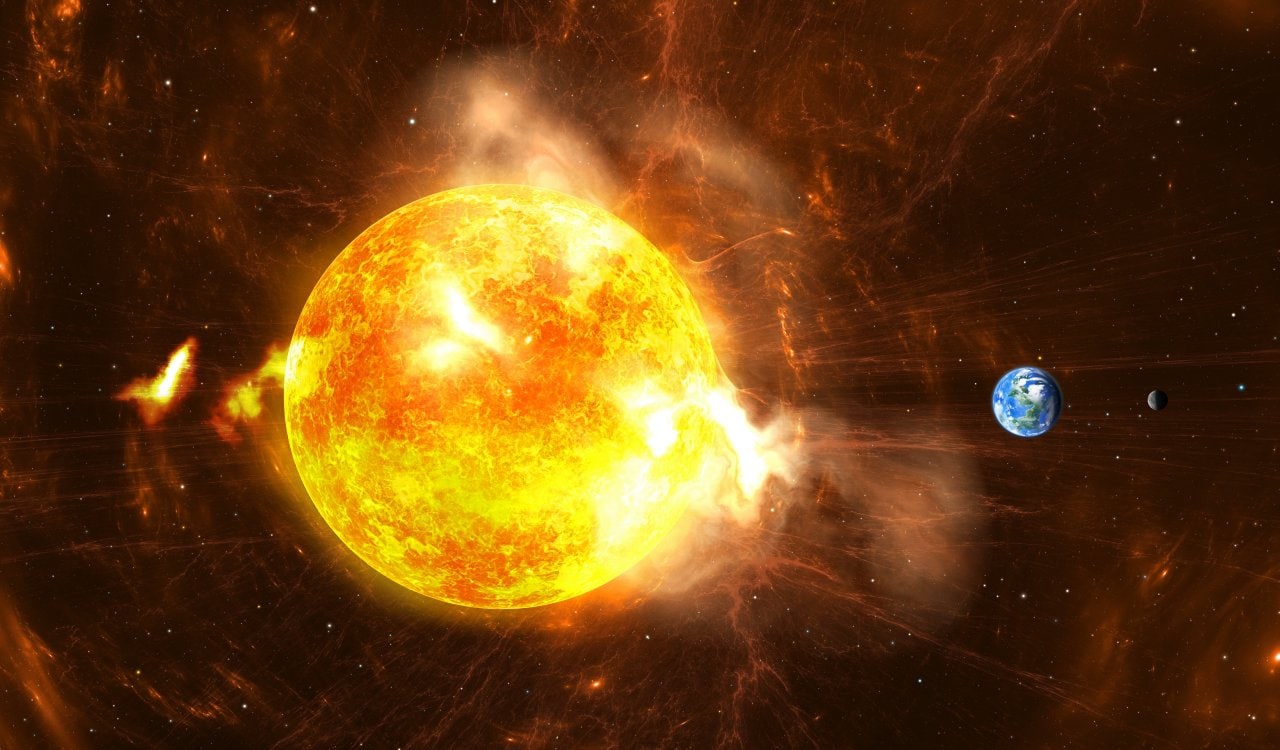
Solar Superstorms Are Possible and They’ll Cause Worldwide Blackouts
The Earth is usually well protected from solar storms of any kind due to our magnetosphere. However, there is a small hole in this territory that just so happens to aim up perfectly with the Bermuda Triangle. We’re not saying, we’re just saying. On top of that, there is a possibility that solar superstorms could end up causing us some big problems. Known as a Coronal Mass Ejection or CME, we ended up dealing with one in July 2012. It actually tore through Earth’s orbit and hit the STEREO-A Spacecraft. Due to the power of this storm just a week earlier, if it would have hit us then, the impact it would have hit us with would have caused some horrific aftereffects. Blackouts worldwide would have come, but this might have been the least of our worries.
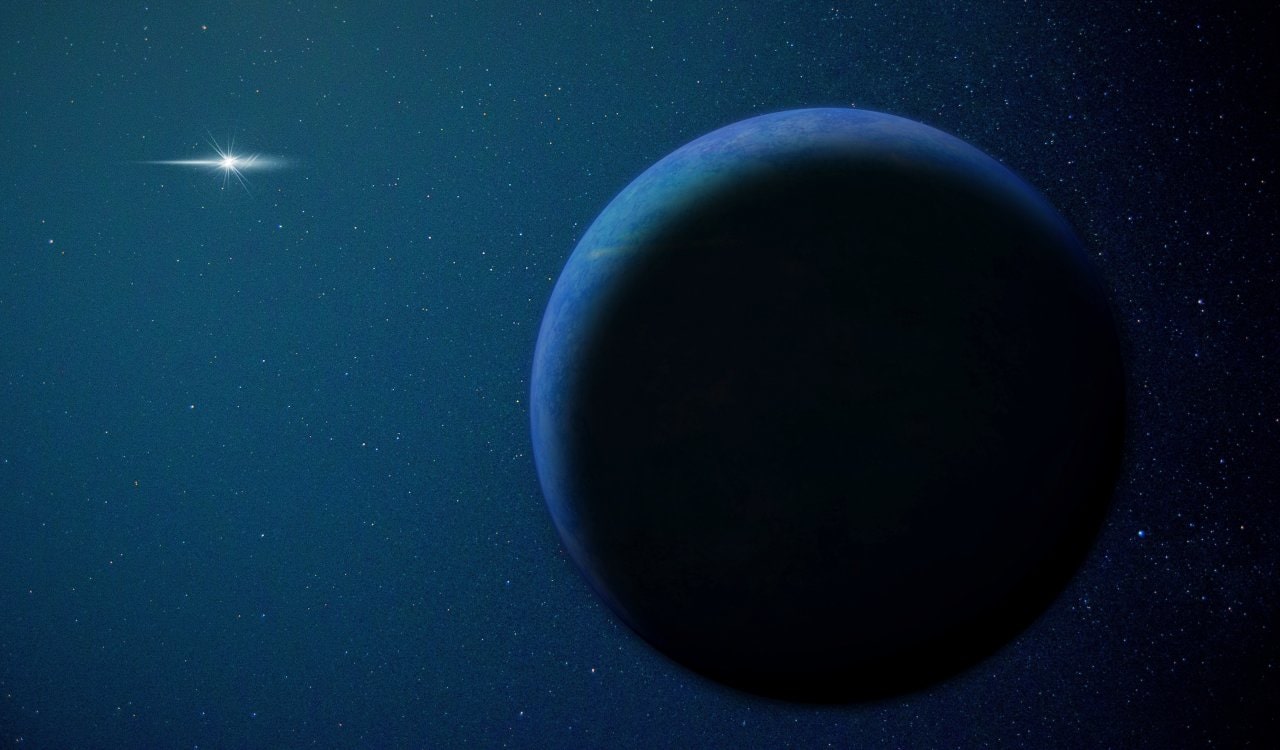
We Might Have Another Planet At The End Of Our Solar System
While Pluto might not be considered a planet by some people, there is a possibility that another planet could be part of our solar system that’ll take its place. In January 2015, California Institute of Technology Astronomers Konstantin Batygin and Mike Brown announced that there could be another planet beyond Neptune. It became known as “Planet Nine” and many feel it’ll be located within the decade. It’s widely assumed that this would explain the movement of several objects in the Kuiper Belt. Many objects here were discovered by Brown, with many being larger than Pluto. What makes all of this part of the creepy facts about space? A Planet being here does explain things, but many also believe it is possible that we’ve found a grapefruit-sized black hole. Which could be problematic.

That Is A Lot Of Stars
Have you ever been to a beach, heck, a desert maybe? You’ve likely noticed quite a lot of sand in these places. It does not matter if it is yellow, white, black, or whatever color you can imagine. Sand is sand, and there is a lot of it on Earth. If you broke things down to every grain, we have roughly 7.5 sextillion grains of sand on the planet. While this might be a lot, one of the creepy facts about space that few really seem to discuss is that this number is nothing compared to the number of stars in our universe. It is assumed there are at least one septillion stars, with more yet to be discovered. Remember a sextillion is a thousand raised to the seventh power while a septillion is a thousand raised to the eighth power.
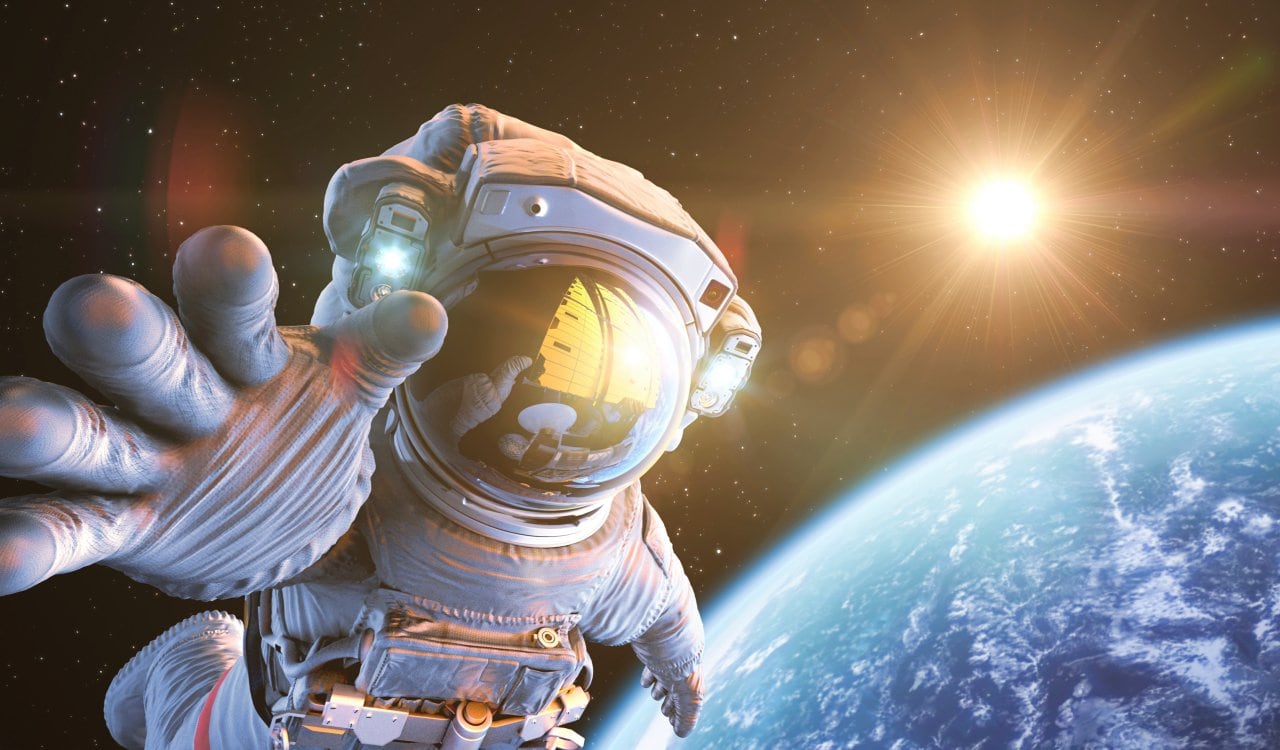
Can You Speak Up? I Can’t Hear You
You might remember a little movie by director Ridley Scott known as Alien. In this movie, we were given the infamous tagline: “in space, no one can hear you scream.” While this was pretty cool, especially for a suspense or horror film… it’s actually factual too. In space, the sound is relatively nonexistent. Why is this? Essentially, when sound travels it will usually have something for the molecules to travel through. This is why on Earth, the sound will travel to your ears via vibrating air molecules. In space though, the large empty spaces between stars and planets do not present a place for molecules to vibrate. Thus, sound as we know it does not exist. Yet sounds are still present in other forms.
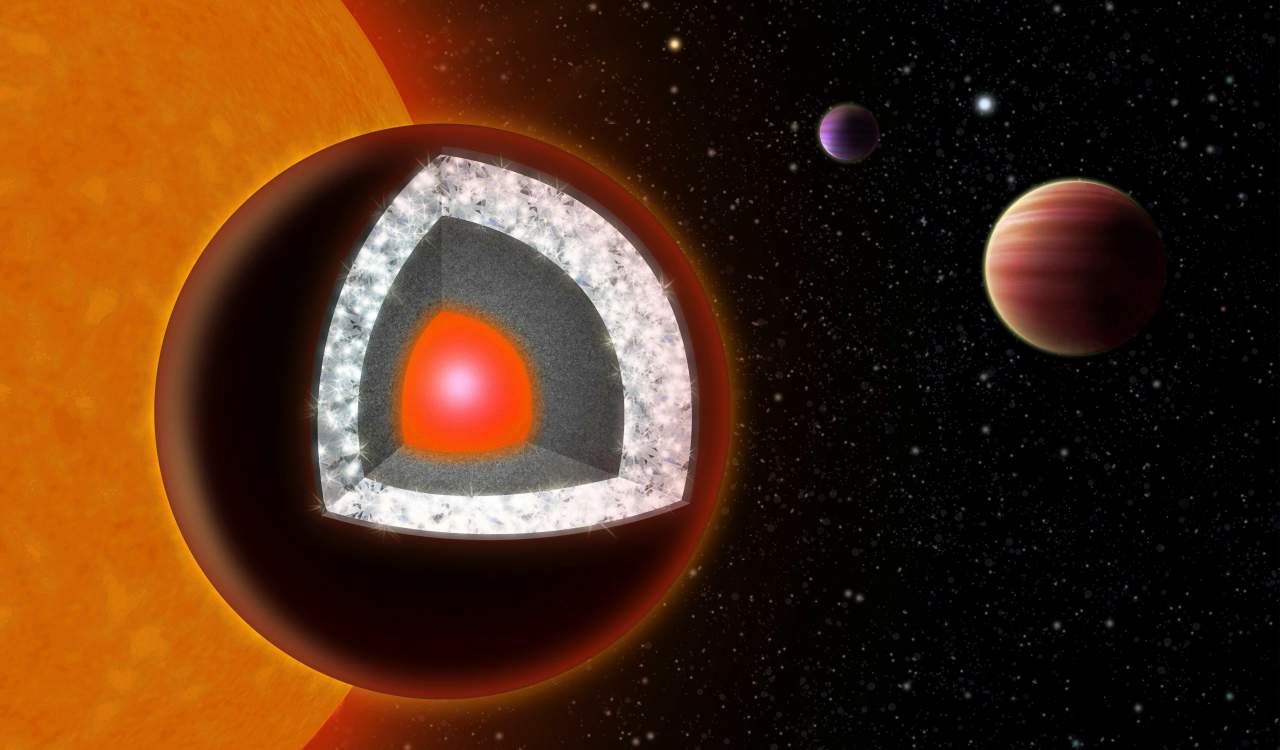
The Diamond Planet
Many people will think: how is a planet made of diamond supposedly one of the creepy facts about space? Good question. The planet, known as 55 Cancri E, was discovered in August 2004. We did not know much about it then, but we did know for sure that it was the very first Super-Earth discovered around a main sequence star. By 2012, we found it could be a carbon planet yet in 2016 the Hubble Space Telescope found hydrogen and helium, but no water. Due to its high carbon count and the fact that diamonds are just pure carbon, we could see a lot of them here. On top of this, all of the things it takes to make diamonds are heavily present. It’s creepy because our society, filled with many capitalist greedy types, would more than likely choose to fund missions here than those that could better sustain life.

Time Is A Lie
One thing people fail to understand is how “time” actually works. While we addressed how a day can work on Venus, we never addressed the issue with time. Not just on Venus, but also on Earth, Mars, and every other planet. When we discuss “time,” we usually base this on how long it takes for a rotation to take place. These rotations give us daytime or nighttime, depending on where you are on the planet. Yet since we’re on an axis that aides our rotation, gravity has a lot to do with how time works. Thus, since gravity levels differ, it is safe to say that “time” is not real. Gravity is real and this is what truly dictates things to give us “time.”

Astronauts Put In The Work
While this might not necessarily be creepy facts about space itself, this is a pretty creepy fact about what humans have to deal with in space. First, you should know that it is rare that a person ever stays in space for a full calendar year. Some have gone to space a few times, but very few have ever remained at the International Space Station for this long. Yet those that have quickly realized that recycling was common on the I.S.S., especially things that once came out of them. Within a year, an astronaut will have drank roughly 730 liters of recycled sweat and urine on average. While it was clean and safe to drink, it still makes us gag a little.
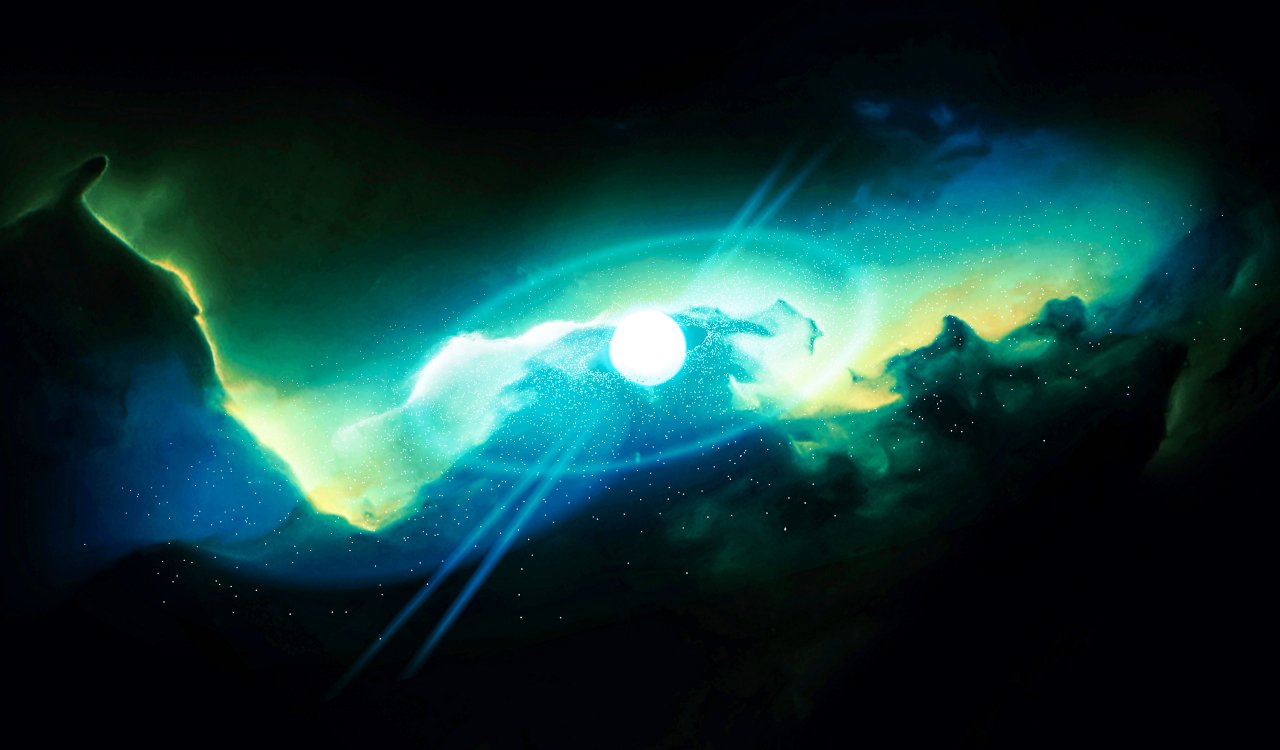
Universal Expansion
We all know that the universe is expanding every moment of every day. This is pretty weird and even amazing to think about and this expansion is important for several different reasons too. First, in your lifetime, the Earth will have moved positions in space from where it once was. Yet this also presents a problem, which is what puts it among the creepy facts about space. Right now, there are things visible to us and present-day equipment. However, several years from now, some of those things will no longer be visible and it’s hard to know if we’ll have the tech to keep up with the expansion. Especially now knowing it is expanding much faster than we ever knew.
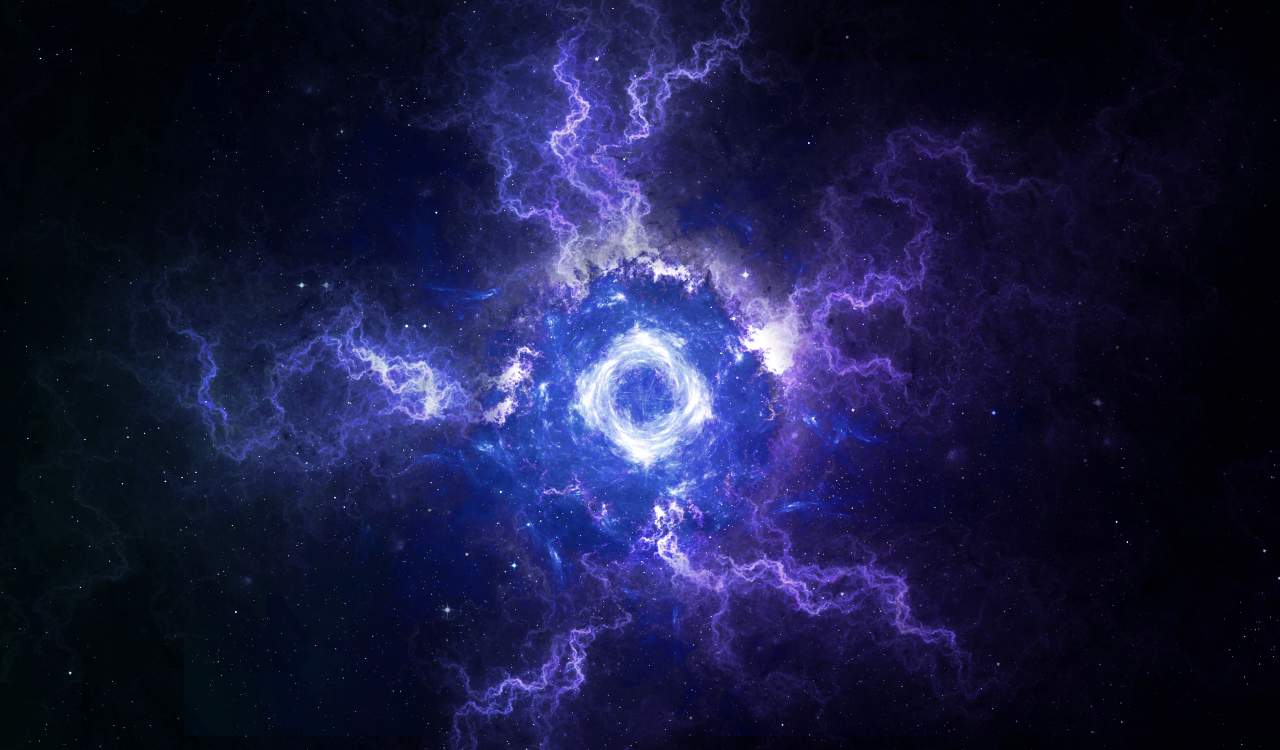
White Holes
We all know about black holes, right? It has been theorized for years now that if something is sucked up by a black hole, it cannot remain inside it forever. Simply put, either a black hole has to spit something out in another universe or does so somewhere else in our universe. Where it does this, however, is unknown. The location could differ with every black hole. Yet if a black hole sucks things in, a white hole would be the exit point where it spits stuff out and pushes it away. Science now believes this is happening in our universe. The only question we will continue to have is, well, where are these exit points?
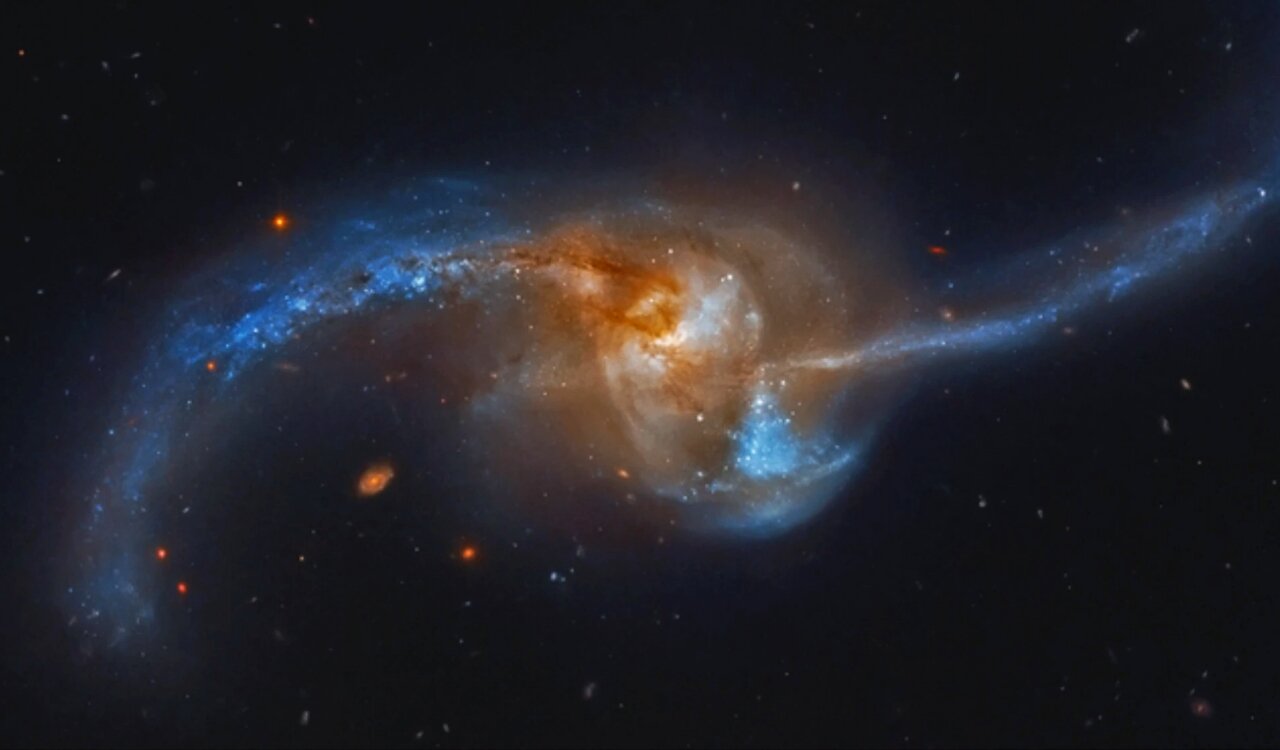
Galactic Cannibalism Is Worthy Of Fearing
Cannibalism in any form can seem pretty horrible, even if it’s a normal part of nature among some animal species. Yet on a universal scale, galactic cannibalism is pretty crazy. Not only could it cause problems with the galaxies, but it could also result in several issues with both stars and planets within them. Galactic cannibalism is the process in which a large galaxy merges with a companion galaxy, usually through tidal gravitational interaction. Normally, this causes the formation of an “Irregular Galaxy,” which you can see through the Whirlpool and Antennae Galaxies. Of course, this cannibalistic move does not happen quickly. It can take thousands to millions of years. Yet the problems it can cause are still present, making this one of the creepy facts about space people need to know about.

Earth Rotation Speed
You might be surprised to learn that the Earth rotates at an impressively fast speed. This means we are traveling through space right now at a high speed that we cannot even notice. However, if we were to slow down or speed up, you’d certainly notice it. Right now, we’re moving 67,000 miles per hour. We’re actually aided even more by our host star, the Sun. The star’s gravity gives us more speed, 490,000 mph more to be exact. Meaning we’re actually moving at a true speed of 557,000 miles per hour. Yet you probably never noticed, which goes to show how impressive our planet truly is.
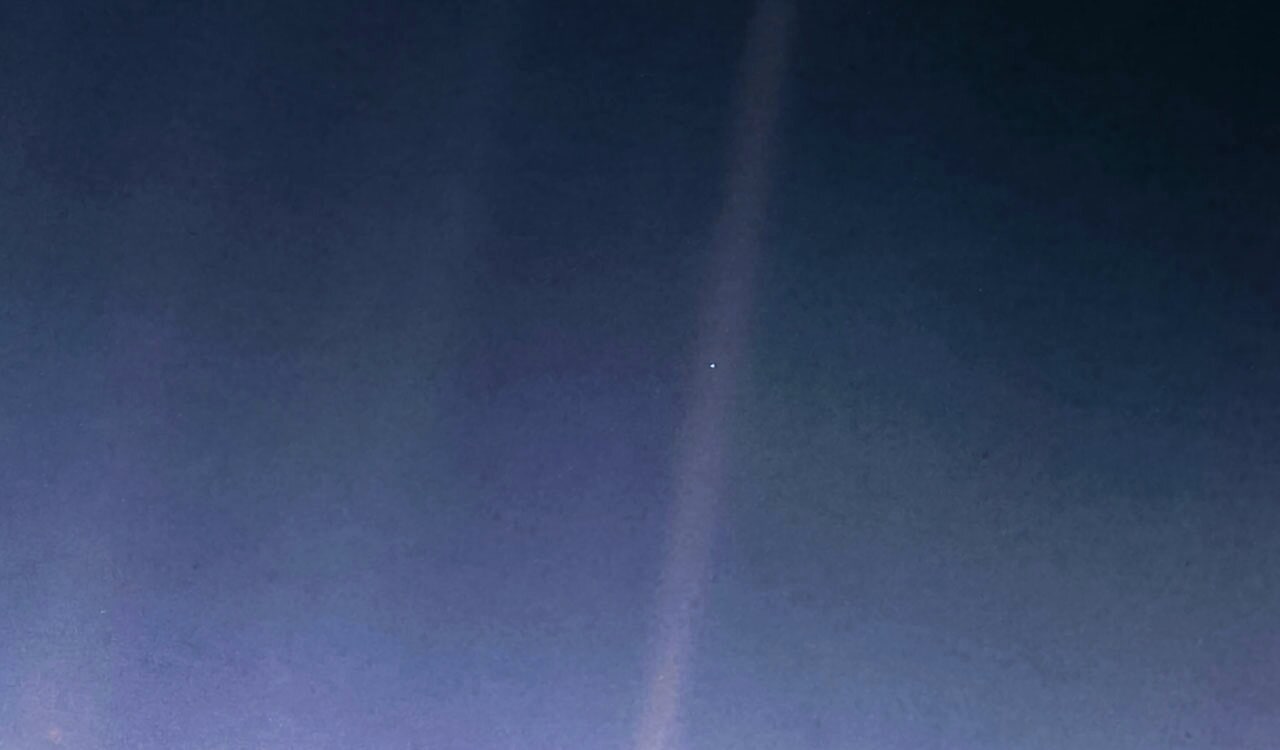
It’s Good To Stay Humble On Earth
If anyone ever puts themselves above anyone else in some sort of narcissistic attempt to matter, tell them about this. Sure, it’s one of the creepy facts about space but it’ll humble anyone. While we’re living beings in this universe, we’re only a small part of it. At one point, a photo was taken by a probe we sent out when it was around Saturn. It looked back at Earth and captured what Carl Sagan called a “Pale Blue Dot.” Later on, one would be taken when a probe reached Pluto only to see even less than the other, a “Pale Blue Spec.” On a galactic scale, you might not even find our solar system, much less our planet. At a universal scale, our own galaxy is not easy to spot. We’re so small, that on a universal scale if we were wiped out tomorrow, the universe wouldn’t even notice.
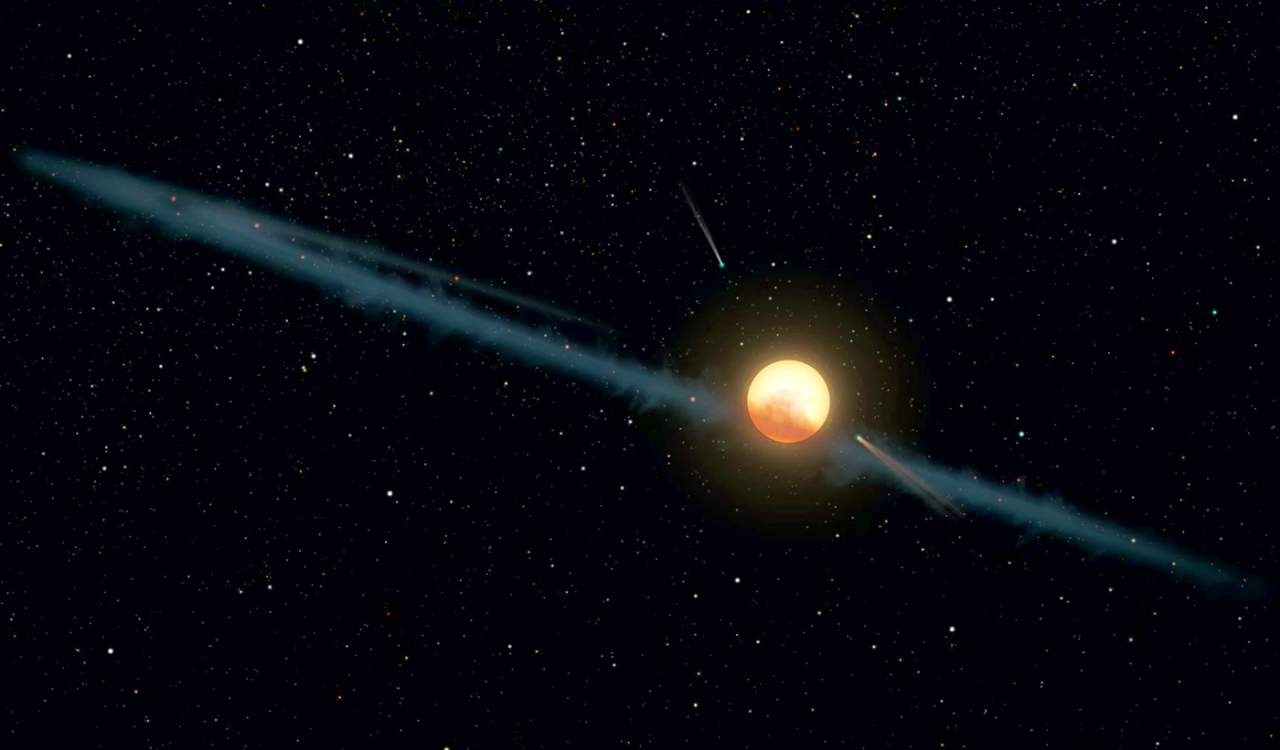
Why Space Appears Black
With all of those stars and planets out there, you’d think space would be filled with these things at every turn. Instead, many are lightyears away. This concept resulted in something known as the Olbers’ Paradox, named after the German Astronomer Heinrich Wilhelm Olbers. In 1823, he presented the idea that if the universe is truly infinite, static, and timeless, then everywhere you look should eventually hit a star. Of course, the universe is neither static nor timeless and Olbers was unaware of what we now know. When Edwin Hubble discovered universal expansion and thermal radiation from the Big Bang, we understood why space is so black. We don’t see stars in every direction simply because some have not been around long enough for their light to actually reach us!

Water Can Start Fires In Space
On Earth, water is usually known for stopping fires more than aiding them. Yet in 2014, scientists were experimenting with “supercritical water.” This is a state of water that occurs when it is compressed to a pressure of 217 atmospheres and heated above 373 degrees Celsius (703.4 degrees Fahrenheit). When this supercritical water is mixed with organic material, it actually creates a liquid-like gas that actually causes a burning effect. Of course, no flame comes from this which likely makes it safer to use than actual fire. Astronauts actually use this water to help them dispose of waste.

We’re Not Alone… Or Are We?
With our universe being over 13 billion years old, it is statistically impossible to believe that we’re the only intelligent life to ever exist. The very fact that we evolved from what we were to what we are now, proves it is possible elsewhere. Are we the most intelligent? That remains to be seen, but it’s unlikely. However, we have yet to discover life elsewhere and as of now, no other lifeform or species has discovered us. At least, none that we know of. One of the creepy facts about space might also be the most depressing. We might never communicate with beings from our own solar system, and certainly none from other galaxies. It could be for many reasons too, which is like being broken up with by your partner who never tells you why they did it.
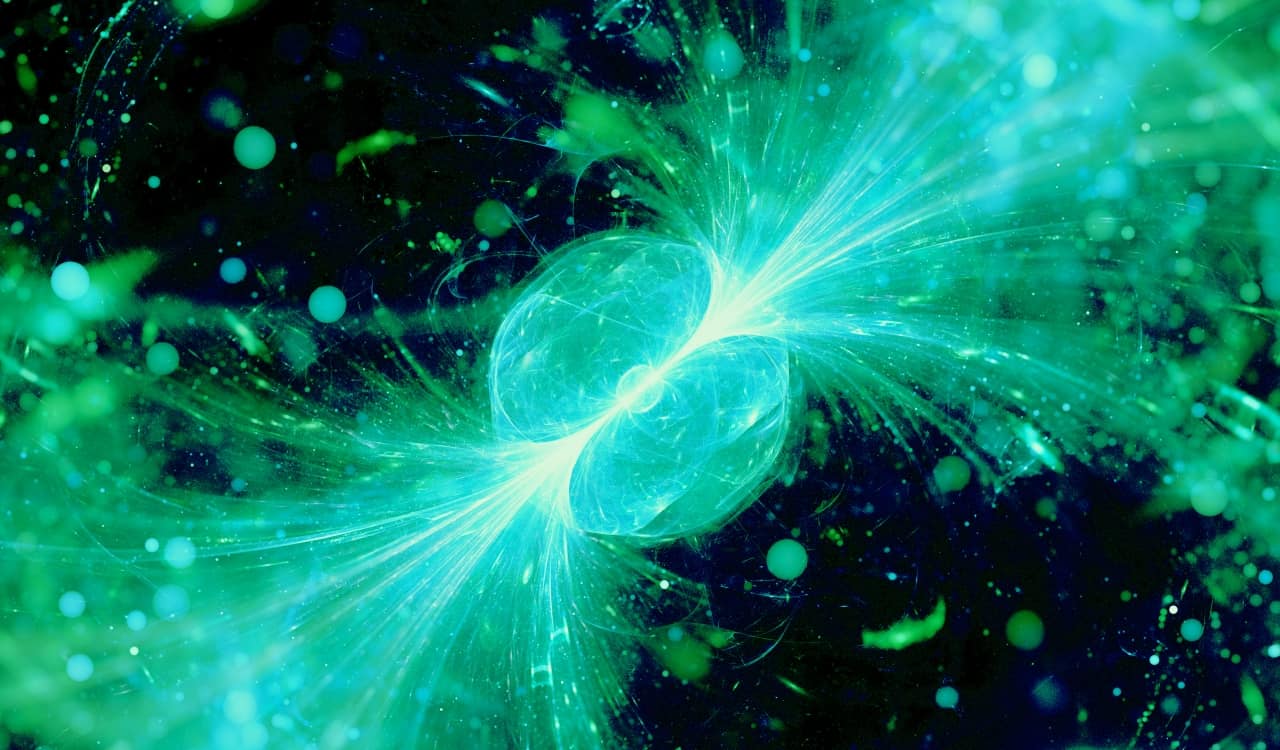
Gamma-Ray Bursts
Another reason life from other planets has not met up with us yet could be due to Gamma-Ray Bursts. In fact, many scientists believe this could be one of the biggest culprits of the problem. GRBs are giant explosions in distant galaxies that send out waves of gamma rays. These rays are known to be the strongest form of energy in the entire universe, as they have the ability to completely destroy entire planets. Of course, their properties need to be pointed directly at the planet. We’ve seen them in action before, but none have come close to us. Yet in 2018, it was found that the Milky Way experiences one of these at least every five million years. Even if this does take place, Earth is distant enough from the potential radiation that it won’t be affected.
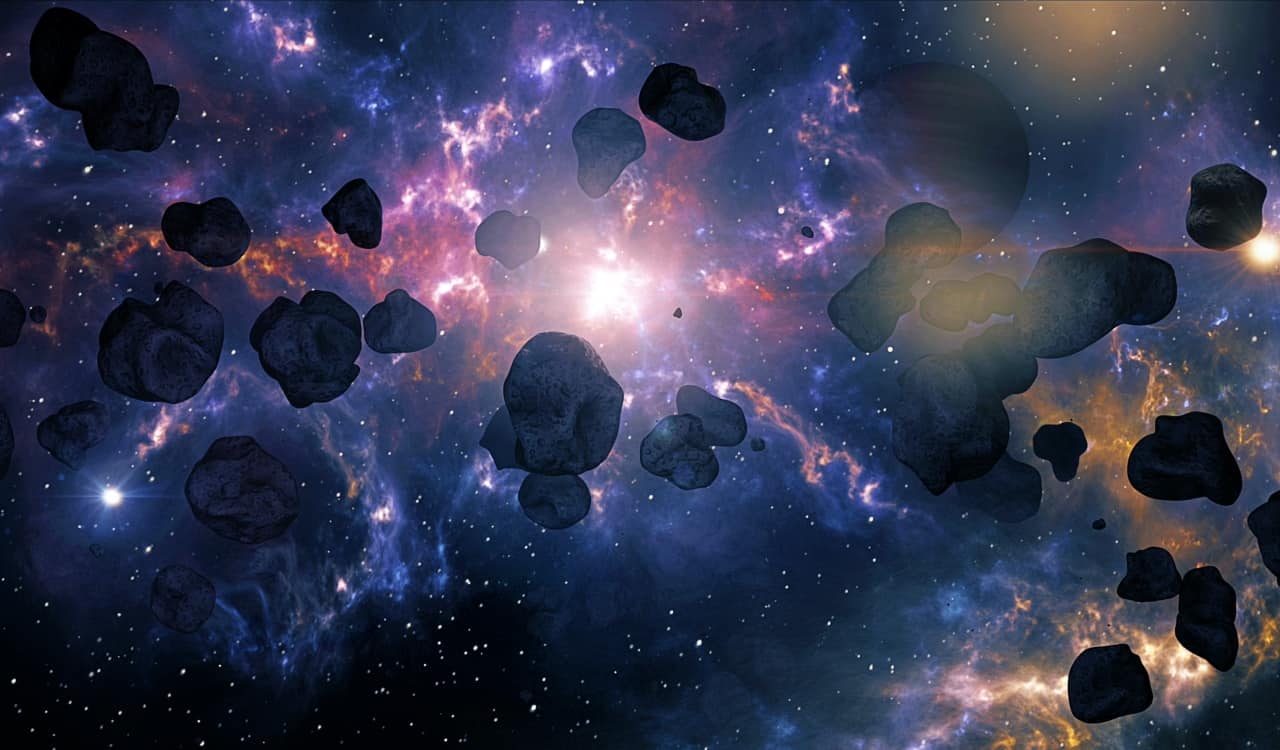
We’re One Flying Rock Away From Possible Extinction
Let’s face it, while asteroids and meteors were referenced already, one thing is clear. We’re quite literally one flying rock away from possible extinction. Just look at what happened to the dinosaurs or the rocks that caused the eventual Ice Ages. Heck, even look at how our Earth was able to form and how we were able to get water all over the place. It all happened by flying rocks coming toward the Earth that we could not stop. That last part is the worst thing of all. If there is a rock coming our way, we do not have the technology as of this writing to deflect it or destroy it. If that does not freak you out, nothing will!
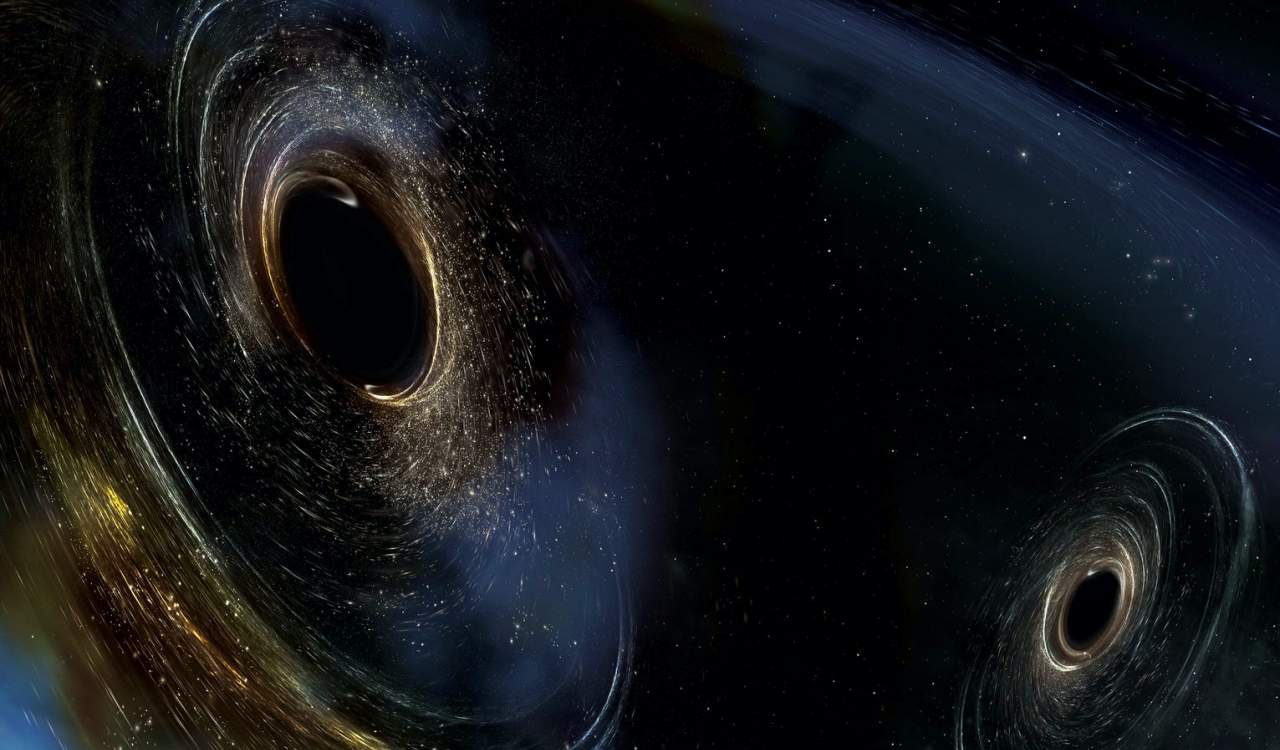
Milky Way’s Black Hole Problem
While we know a supermassive black hole is at the center of every large galaxy, the Milky Way might have gone a bit too far. According to a 2018 study, it is believed there are tens of thousands of black holes at the center of our galaxy. While black holes are impossible to detect on their own, considering light cannot escape them, they are possible to find. When paired with a star, they interact in such a way that you can spot them using x-rays. This particular study found black holes using this method, where stars were paired with around 10,000 black holes. Talk about creepy facts about space that will ruin your sleep tonight!
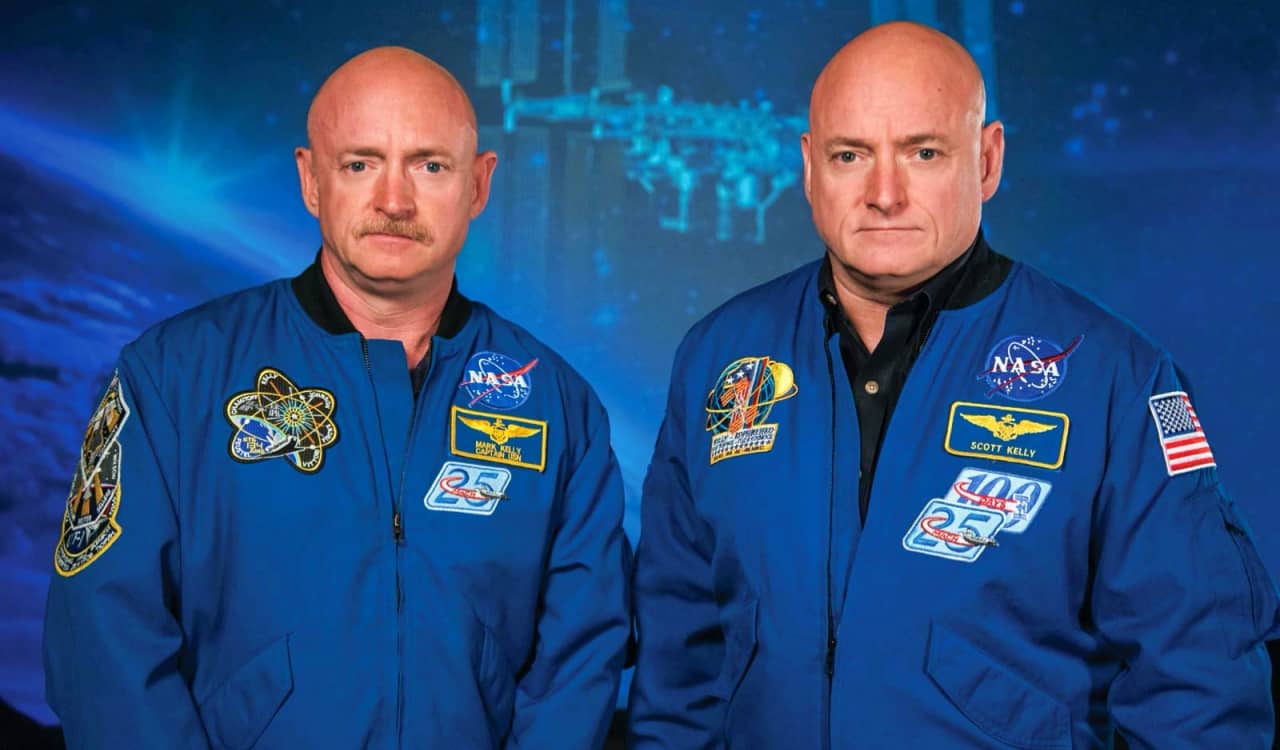
Extended Space Travel Changes Your DNA
If you ask astronaut Scott Kelly about spending a year in space on the International Space Station, he might have a lot to say. He was actually part of something known today as the “NASA Twin Experiment.” Scott has a twin brother named Mark, and while Scott went into space, Mark remained behind so that NASA could see how someone could be affected by their time in space. When Scott returned, he was two inches taller than his departing height. Comparing the DNA, NASA found that Scott’s gut bacteria was completely different and his gene expression changed too. While Scott did go back down to his original height, the other genetic changes remained. Thus, Mark and Scott Kelly are now no longer capable of being known as “identical twins.”
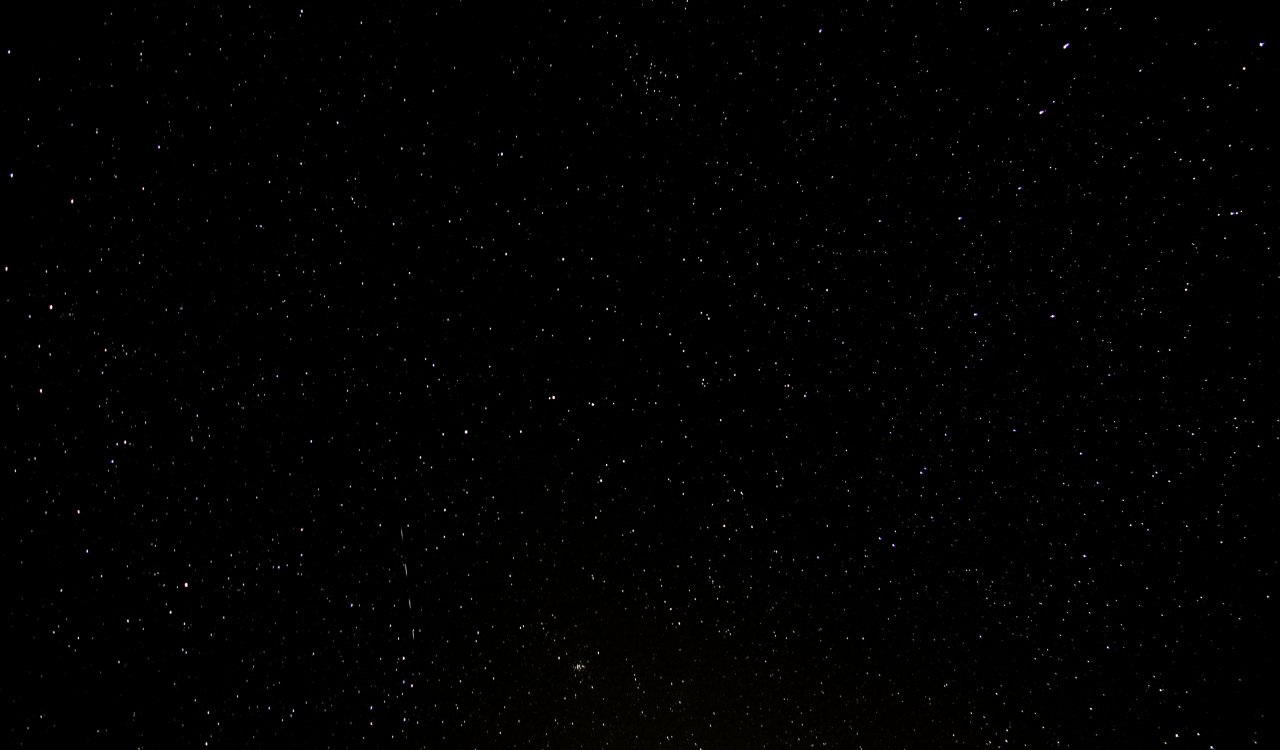
One Day, Things Will Be Over
There is one inescapable thing we all should know. Among all the creepy facts about space, this is the one that’ll likely stick with you the most. One day, obviously a very long time from now, it’ll all be over. Our universe will one day not exist any longer. Trillions of years from now, all stars would have died off and all planets will become uninhabitable. Unlike other things, our universe will not go down in some blaze of fire and glory. Rather, it’ll go out cold and with a whimper. All things, all we know and will have ever known – every single bit of it – will be gone. Nothingness will come, and everything will be gone as if it never even happened at all.
Where do We Find this Stuff? Here Are Our Sources:
National Aeronautics & Space Administration (NASA)
European Space Agency (ESA)
Harvard University
Arizona State University
California Institute of Technology
National Geographic
Scientific American
Smithsonian Institution
Proceedings of the National Academy of Sciences of the United States (PNAS)

